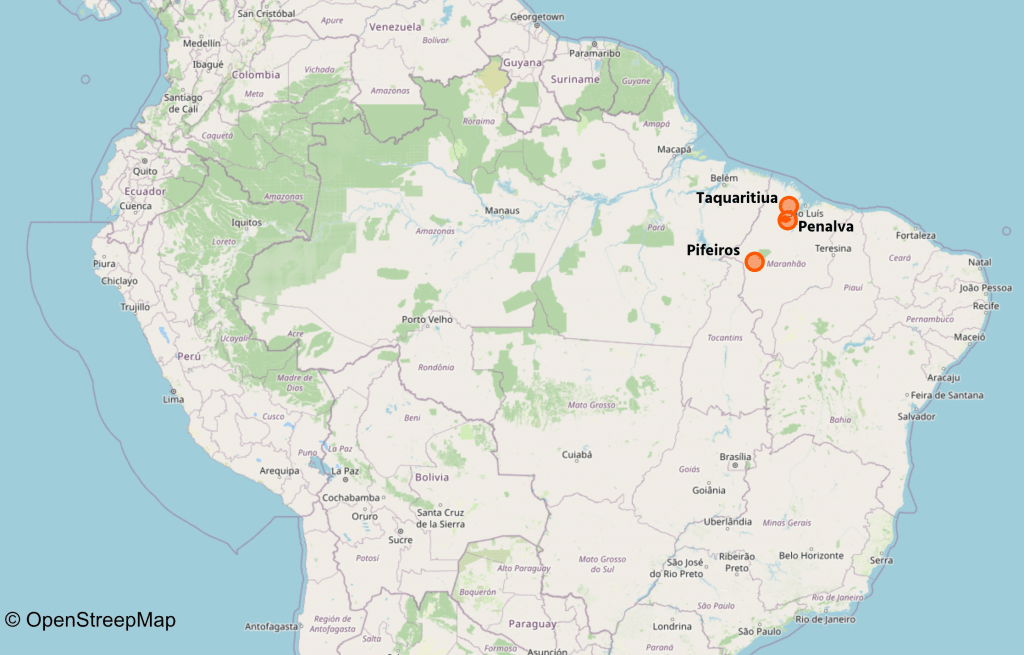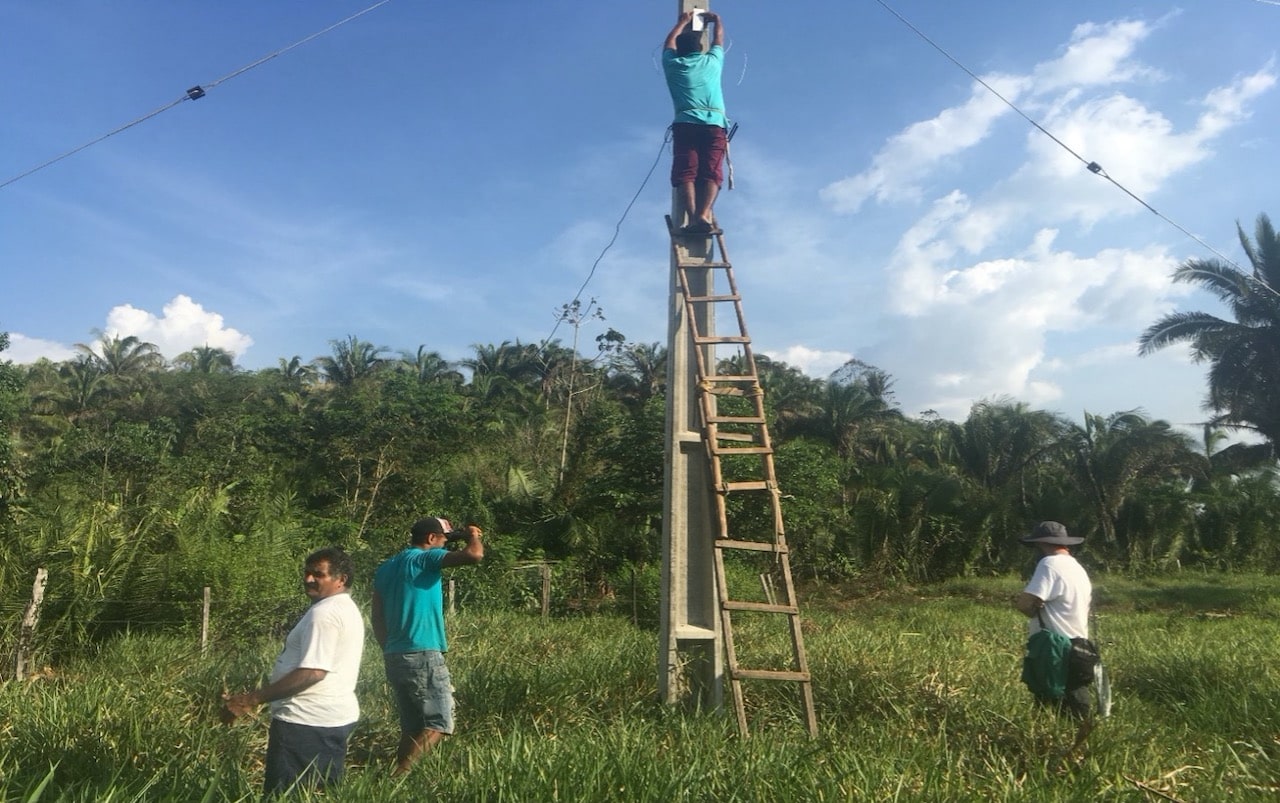In Brazil access to the Internet goes beyond opportunity: it helps keep people safe and addresses inequalities.
Brazil has an overall high rate of Internet access, with more than 82% of homes connected. But its connectivity gap is higher in rural areas, where that percentage drops to 55%. More than a difference in reach, these numbers represent one of the ways historic inequalities can persist for centuries. This 55% includes Indigenous populations and quilombolas—traditional communities first established in the 16th century by Afro-Brazilians escaping slavery.
There are many reasons these and other marginalized communities aren’t connected. Some are the high costs of connectivity, the lack of digital skills, and even lack of services that offer the minimum data or speed they need to use the Internet as they want. With traditional service providers unable to reach them, they need alternative ways to bring connectivity.
Community networks are one important solution. They make Internet services more affordable, foster the development of digital skills, and put people in charge of their connectivity. The Internet Society Brazil Chapter, local partners, and the Internet Society Foundation are working together to support community networks in the country, while also advocating for a policy environment where they can thrive.
In 2019 and 2020, the Internet Society Foundation awarded the Brazil chapter two Beyond the Net grants. Through a large grant and working with working with Instituto Nupef, they were able to deploy and improve three community networks. A second small grant allowed them to team up with Instituto Bem-Estar Brasil to help communities navigate the country’s telecommunications regulatory environment.
Safeguarding Communities in the Amazon
In the northeastern state of Maranhão, an Internet connection can mean safety. Located on the fringes of the Amazon region—a vital part of the Earth’s ecosystem—communities there live in fear of invader attacks, where trespassers slash and burn forest to make way for illegal mining and cattle and soy plantations. With Internet access, locals can alert authorities. It’s an important safety net for the residents and the land itself, echoing far past Brazil’s borders and into centuries to come.

Local partner and Association for Progressive Communicatons member Instituto Nupef has worked in the region to deploy community networks. When the Brazil chapter learned about the Beyond the Net program, they saw an opportunity to scale their work. Through a US$30,000 grant, they were able to partner with grassroots movements and connect the communities of Pifeiros and Taquaritiua—while also expanding a network in Penalva.
Find out how the Internet is connecting these communities to the world and to each other.
Navigating Bureaucracy
But there’s more to connectivity than building a network. Many communities are faced with another bureaucratic challenge after building their own networks: compliance with Anatel, the local telecommunications regulator. Brazil is known for its complex bureaucracy, and misunderstandings or attempts to dodge it have left many community networks operating irregularly or even illegally. Without the proper permits and licenses, community networks are vulnerable and potentially subject to administrative sanctions that can shut them down. Learning how to navigate through the legislation is key for sustainability.
To address this issue the Brazil chapter joined forces with Instituto Bem-Estar Brasil (IBEB) to develop a course that trains community members on how to navigate Anatel. With a US$3,500 Beyond the Net grant, they worked together to develop a virtual live course covering regulatory and policy issues that affect community networks.
Why legal recognition is key for community networks sustainability.
The chapter, IBEB, APC, and other community network advocates brought more than 10 years of experience to the training. Through the years they’ve pushed for change in laws and regulations to eliminate bureaucratic requirements or to make those requirements lightweight—understanding the characteristics and needs of those projects as complementary access solutions.
Collaboration Is the Way Forward
A community network can reach people where traditional service providers cannot. Creating the right conditions for them to thrive needs collaboration from people of all backgrounds. Take part and help a community network soar!

